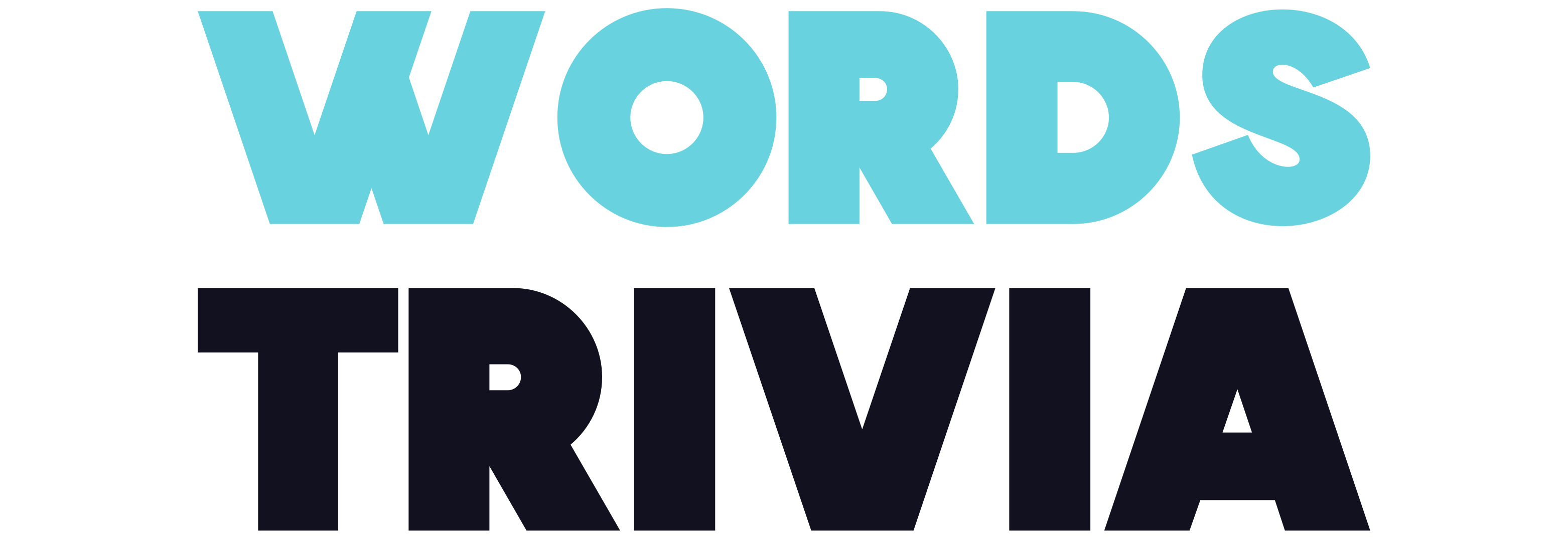Language is a powerful tool that allows us to communicate and connect with people from diverse backgrounds. With thousands of languages spoken around the world, it's fascinating to explore the unique characteristics of each language and how they push the boundaries of linguistic diversity. In this blog post, we will delve into some multilingual marvels, highlighting languages that stand out for their linguistic complexities, cultural significance, and historical importance.
The Whistling Language of Silbo Gomero
Nestled in the picturesque island of La Gomera in the Canary Islands, a unique language known as Silbo Gomero is spoken. What makes this language truly remarkable is that it is entirely based on whistling. Used by the inhabitants of the island for centuries, Silbo Gomero was developed as a means of communication across the rugged terrain and deep valleys.
Silbo Gomero is a highly complex language that can convey the same amount of information as spoken languages. It utilizes a series of whistled sounds, each representing a different vowel or consonant. This allows the whistlers to carry on conversations, transmit messages, and even communicate over long distances. The language has been recognized by UNESCO as a Masterpiece of the Oral and Intangible Heritage of Humanity, further highlighting its significance.
The Click Languages of Southern Africa
Southern Africa is home to a group of languages known as click languages, characterized by the use of click consonants. These languages, including Nama, !Xóõ, and !Kung, among others, are spoken by various indigenous communities in the region. The click sounds, produced by different tongue movements, create a distinct feature that sets these languages apart.
Click languages are incredibly diverse, with each language having its own unique set of click sounds. Some languages have as many as five different click types, making them incredibly challenging for non-speakers to master. The clicks are used for phonemic distinctions, meaning they can change the meaning of a word. For example, in !Xóõ, the word "ǂxaa" means "to write," while "ǂxoo" means "to vomit."
These click languages not only demonstrate the incredible diversity of linguistic expression but also provide valuable insights into the history and cultural heritage of the indigenous communities that speak them.
The Polyglot Island of Papua New Guinea
Papua New Guinea is a linguist's paradise, boasting the highest linguistic diversity in the world. With over 800 languages spoken across this island nation, it is a testament to the rich tapestry of cultures and traditions found within its borders. The incredible linguistic diversity of Papua New Guinea is a result of the geographical and historical factors that have shaped the region.
The languages of Papua New Guinea can be classified into different language families, such as Austronesian, Trans-New Guinea, and Papuan, among others. Each language family represents a unique branch on the linguistic tree, showcasing the variety of language origins and influences within the country.
The linguistic diversity of Papua New Guinea is not only a fascinating subject of study for linguists but also a testament to the resilience and adaptability of human language. Despite the challenges of communication and preservation, the people of Papua New Guinea continue to cherish and celebrate their linguistic heritage.
As we explore the multilingual marvels of the world, we gain a deeper appreciation for the incredible diversity of human language. From the whistling language of Silbo Gomero to the click languages of Southern Africa and the polyglot island of Papua New Guinea, each language pushes the boundaries of linguistic expression and offers a unique window into the cultures and histories of the communities that speak them.
These languages remind us of the power of language as a tool for communication, connection, and cultural preservation. They inspire us to celebrate and embrace linguistic diversity, fostering a world where every language is valued and respected. So let us appreciate the marvels of multilingualism and continue to explore the linguistic tapestry that unites us all.
